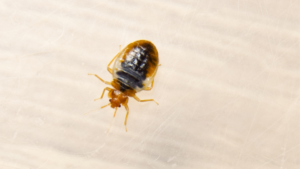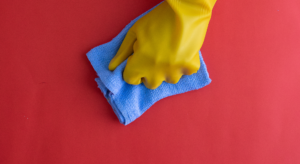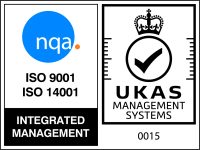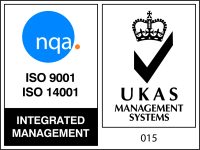Certifications Explained: What is BS EN 14476?
The British and European Standards for chemical disinfection is not a new concept to the cleaning industry, but with intense spotlight now on the importance of killing viruses, it’s vital to recognise the cleaning products that comply with current hygiene legislation and are able to stop the spread.
It is well known that the vast majority of cleaning products available over the counter do not include the BS EN 14476 standard, meaning they are unable to claim their ability to kill viruses that settle and grow on our surfaces.
Products with the BS EN 14476 certificate demonstrate they are able to kill a number of viruses including norovirus, poliovirus, adenovirus and influenza, due to its antiviral ingredients.
In Europe the standard determines the virucidal activity present in both antiseptic and chemical disinfectant products. Through this diligent testing, these products can display their effectiveness with accuracy and confidence.
What testing method is used to see if products comply?
All products that claim to kill viruses are required to undergo stringent testing by the European Standard. The conditions of each test is determined by the product itself and its relevant use.
The quantative suspension test looks at the level of virucidal activity of products, either if they are ready to use or are required to be diluted with hard water. The test substance is applied to the interfering substance, and both are then injected with the viral suspension for the required contact time.
This method is highly effective due to its ability to evaluate several active ingredients over a variety of contact times. The data collated by the European Standard during all testing will conform to the guidelines and for all disinfectant claims.
These cleaning products, such as handwash and instrument and surface disinfections, are tested at a concentration of at least 80% to ensure that they are suitable to be used to clean all areas, including medicalised environments such as hospitals and veterinaries, meaning the likelihood of viruses growing and spreading is much less likely.
What is log reduction and why is it important?
Log reduction is a mathematical calculation used to understand the number of living microbes that are killed by using a chemical disinfectant. This is especially important to understand how effective a product is to eliminate or reduce the spread of viruses.
For example, a log reduction of 1 corresponds to a 90% reduction in the inactivation of the target microbe. This sees a reduction factor of 10. On the other end of the scale, a log reduction of 6 corresponds to a 99.9999% reduction in the inactivation of the target microbe, which sees a reduction factor of 1,000,000.
This is an important and effective calculation as it explains the relative number of microbes targeted and reduced by the disinfectant and therefore prevents the further spreading of viruses.
It would be far too complicated and time consuming for microbiologists to count every single cell of a sample, which is why the log reduction method is preferable.
What is contact time and why is it important?
When using a specific disinfection product, it needs a certain amount of time to neutralise and kill a virus. In some instances the product needs more contact time to work. Some viruses can live on certain surfaces for up to 28 days, some for as little as five minutes, therefore it’s imperative that the correct disinfectant is used to eliminate the virus before it has a chance of entering and affecting the human body.
Why it’s important to be vigilant about product claims
To fully understand the strength of any product designed to kill viruses, users are advised to read the information outlined on the product to ensure its maximum effectiveness. Many high street products claim to kill viruses, however many do not undergo the stringent testing undertaken by the European Standard.
Before purchasing any products that are intended to be used to sterilise surfaces or instruments, it’s worth researching whether the product has undergone the BS EN 14476 testing.








